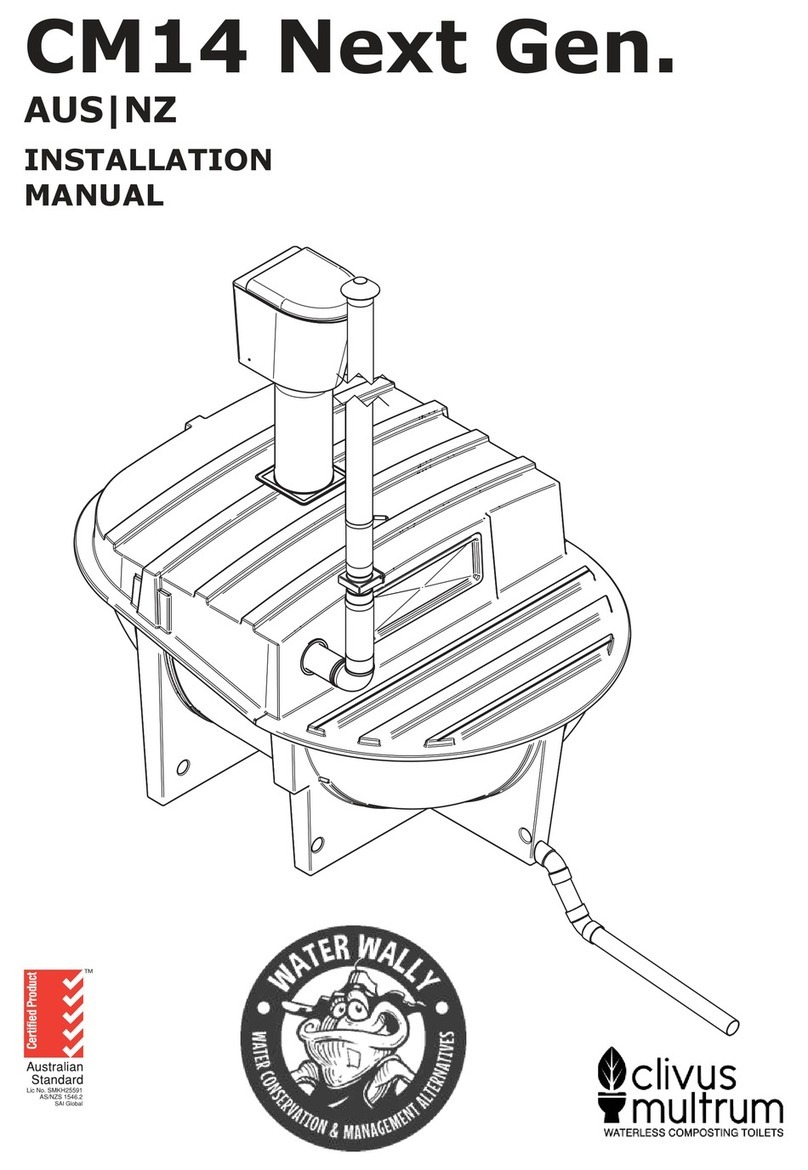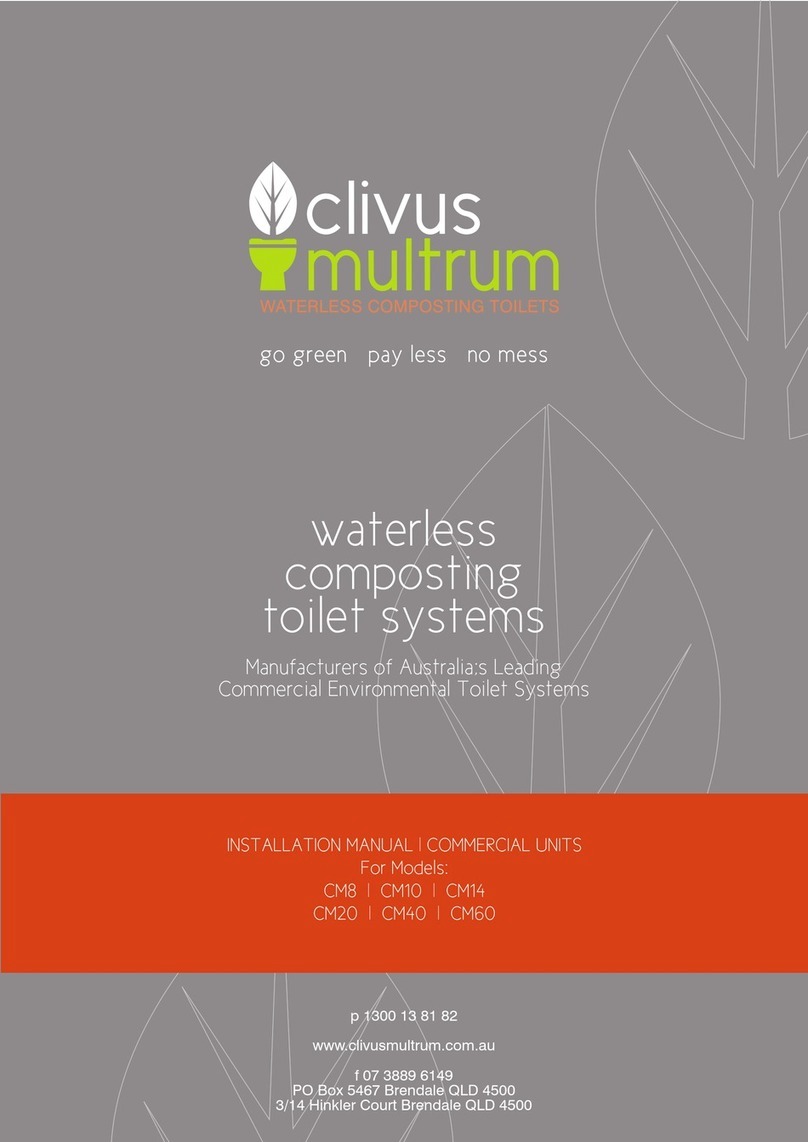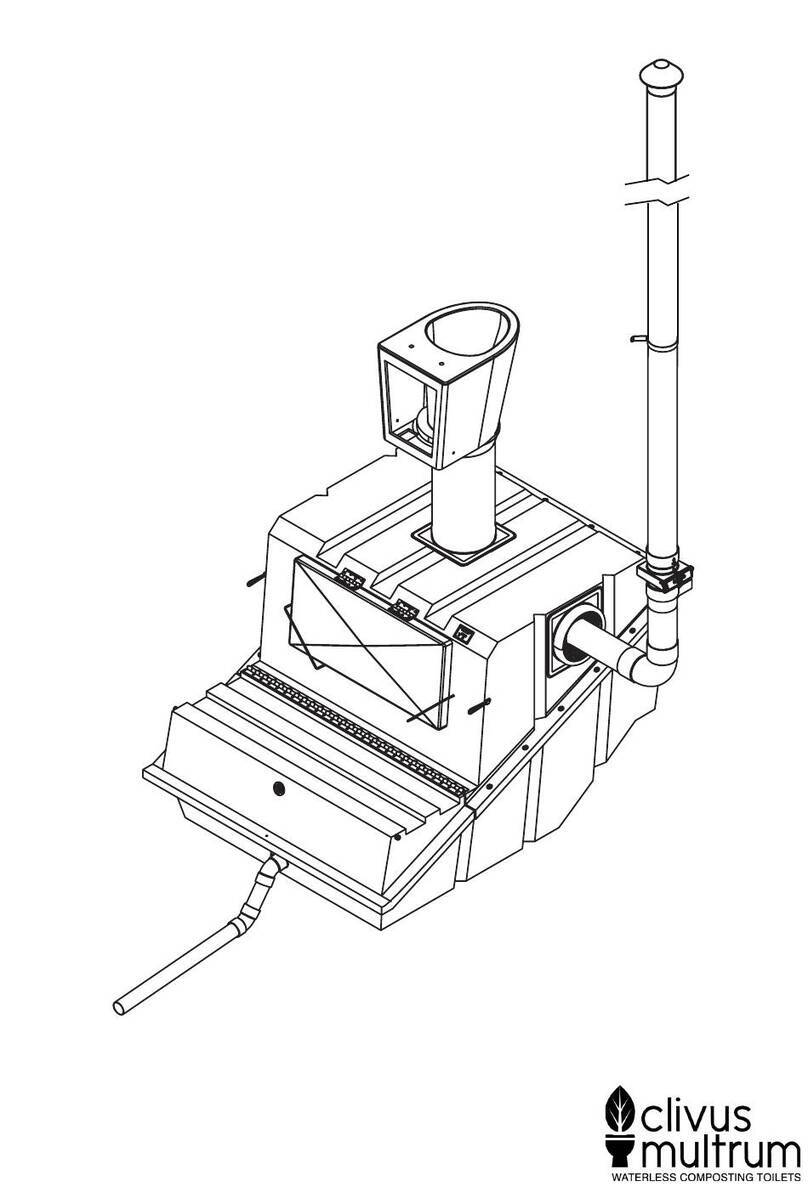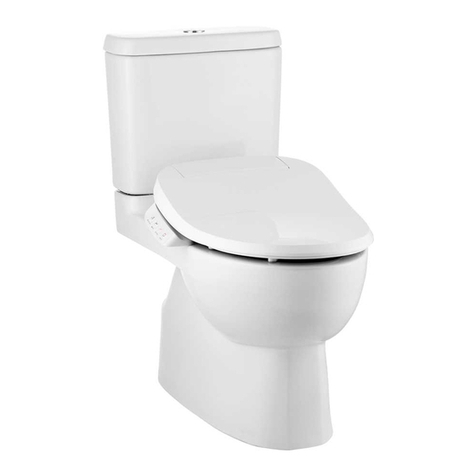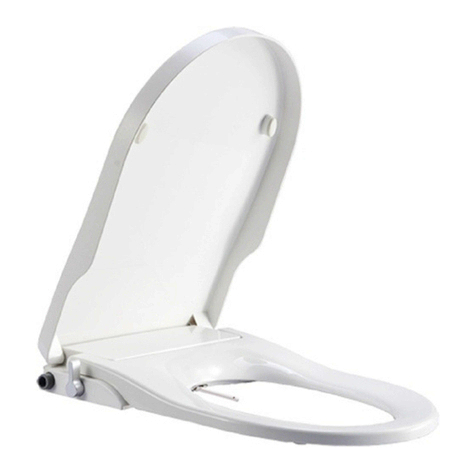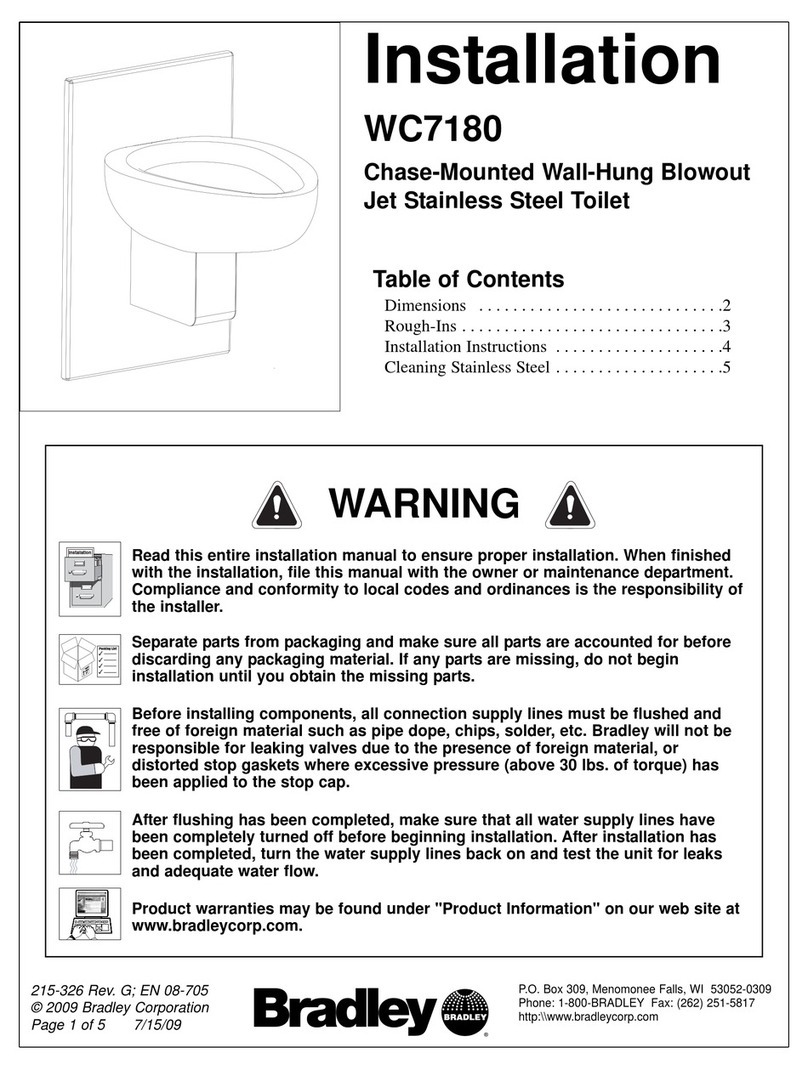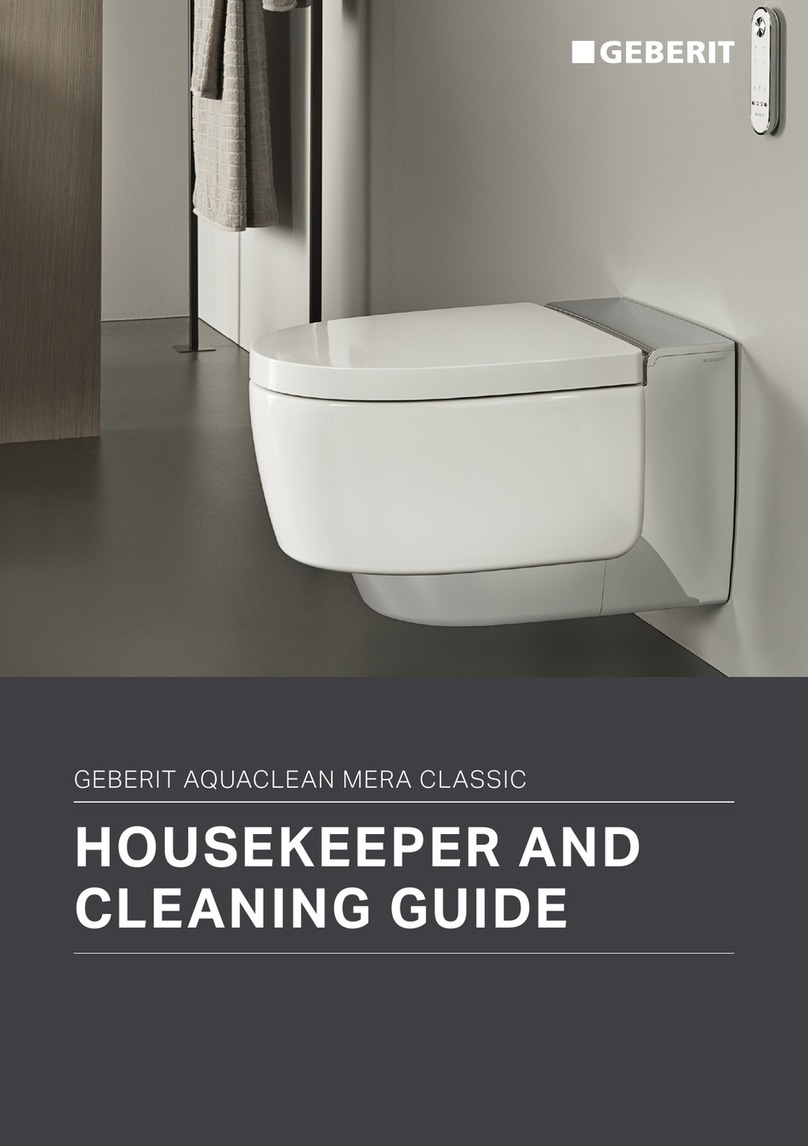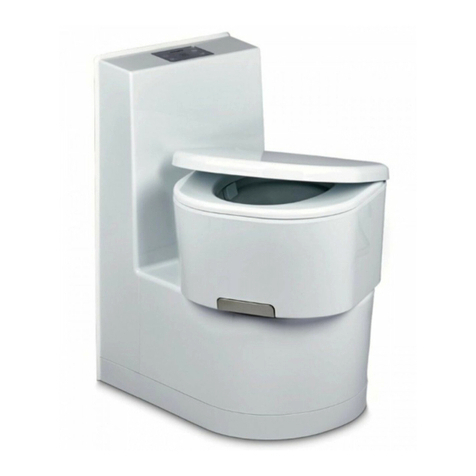clivus multrum NL2 User manual


















Table of contents
Other clivus multrum Toilet manuals
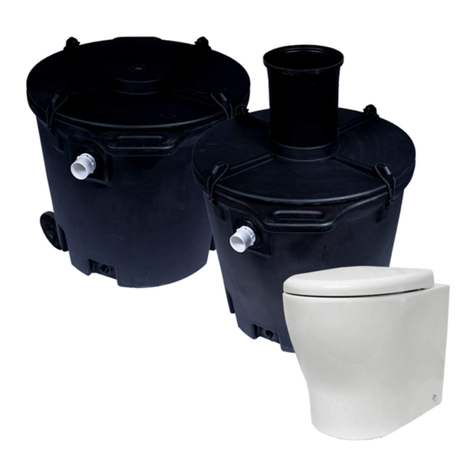
clivus multrum
clivus multrum CM HP User manual

clivus multrum
clivus multrum M100 User manual
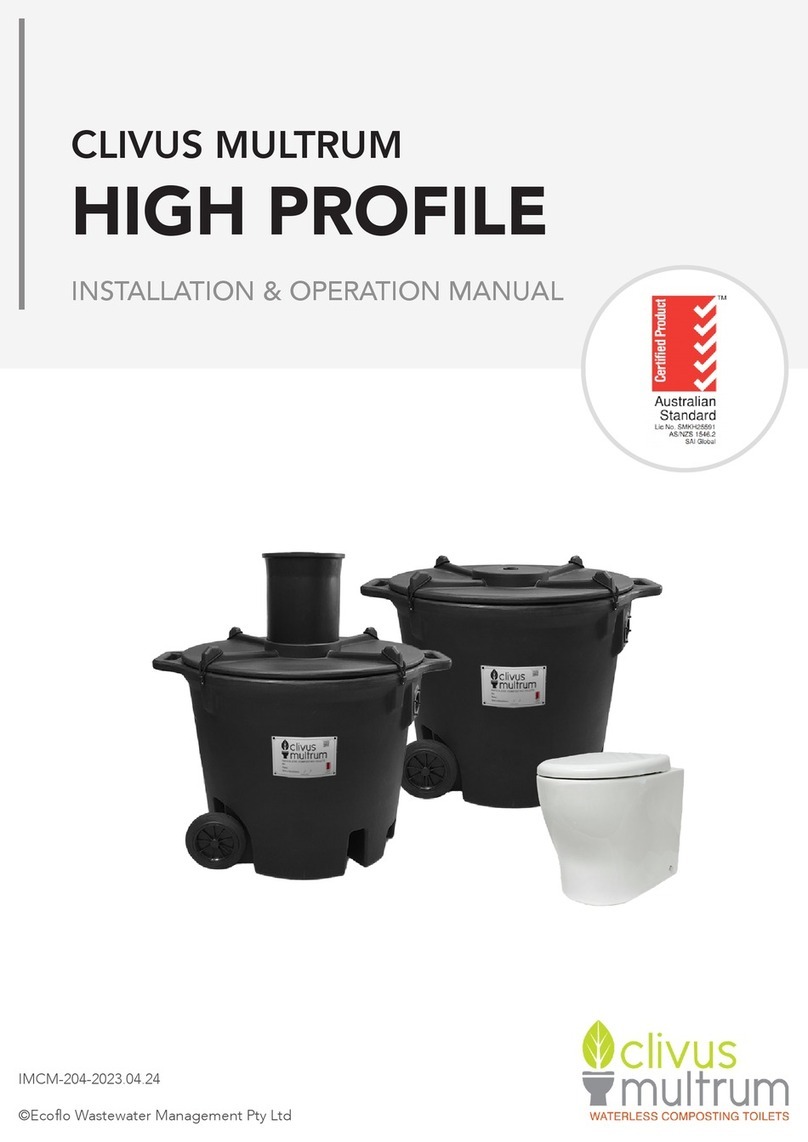
clivus multrum
clivus multrum HIGH PROFILE User manual
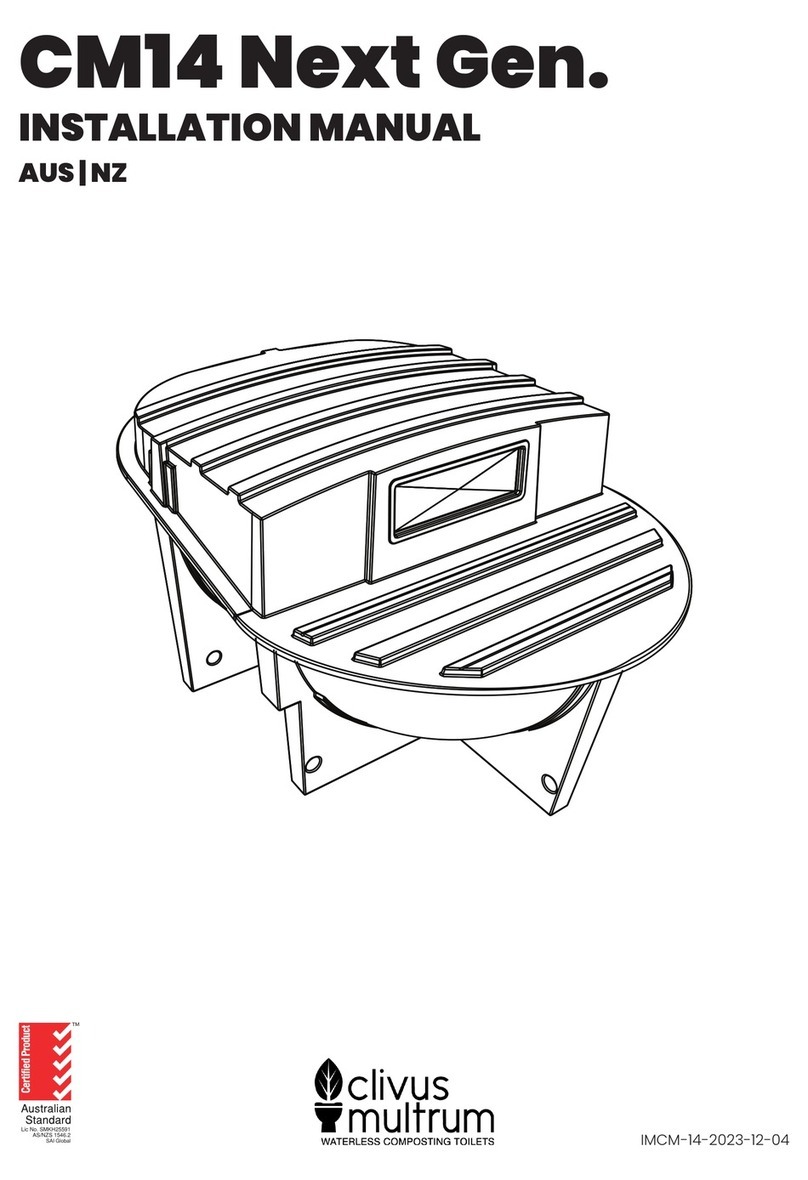
clivus multrum
clivus multrum CM14 User manual

clivus multrum
clivus multrum CM2 User manual
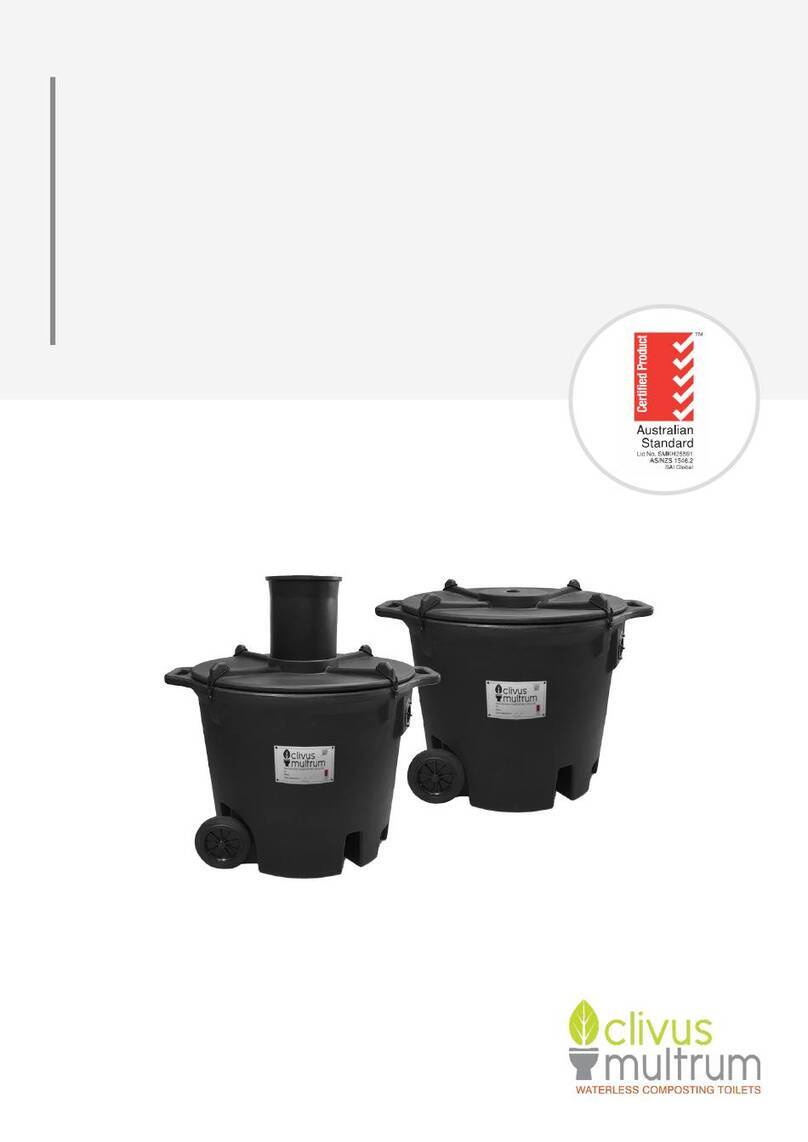
clivus multrum
clivus multrum HIGH PROFILE User manual
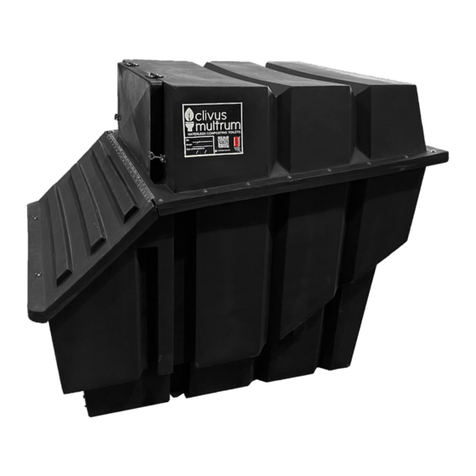
clivus multrum
clivus multrum CM8 User manual
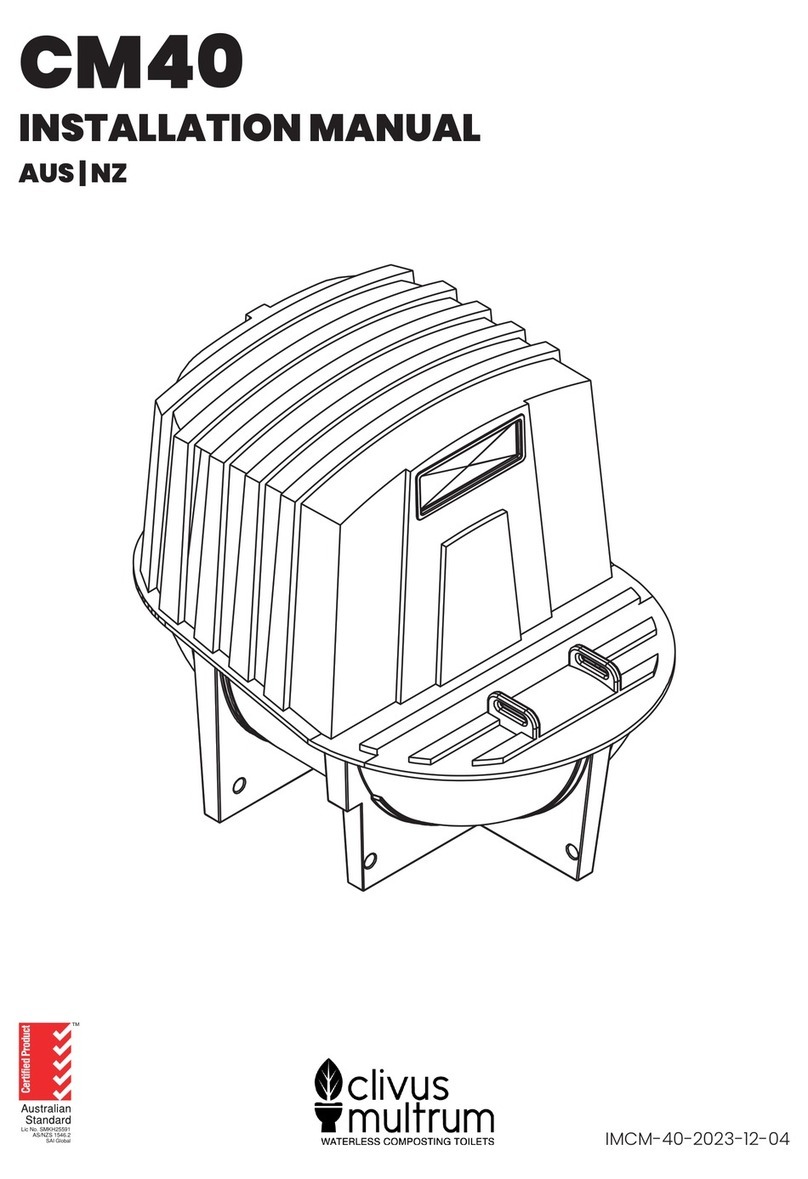
clivus multrum
clivus multrum CM40 User manual

clivus multrum
clivus multrum CM8 User manual
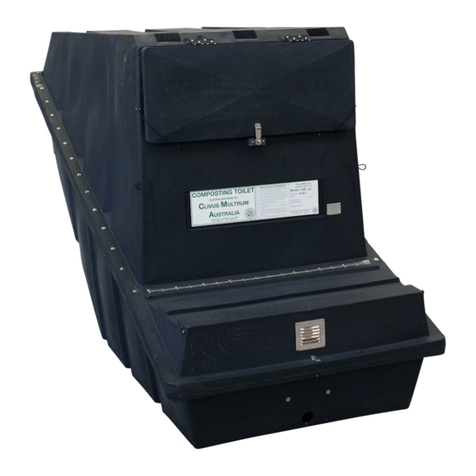
clivus multrum
clivus multrum CM20 User manual
Popular Toilet manuals by other brands
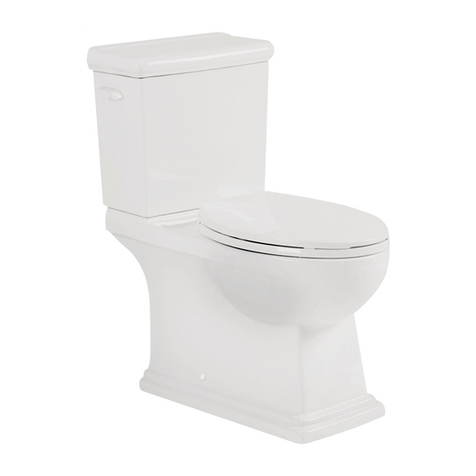
Foremost
Foremost TL-7227-WL instructions

Sanela
Sanela Caprino Plus SLP L49RZ Instructions for use

Kohler
Kohler Botticelli K-2352 installation guide

Danze
Danze Ziga Zaga DC031221 installation instructions

Kohler
Kohler MODERN LIFE K-77739T-TFSL installation instructions

American Standard
American Standard Glenwall VorMax 2882 Series installation instructions
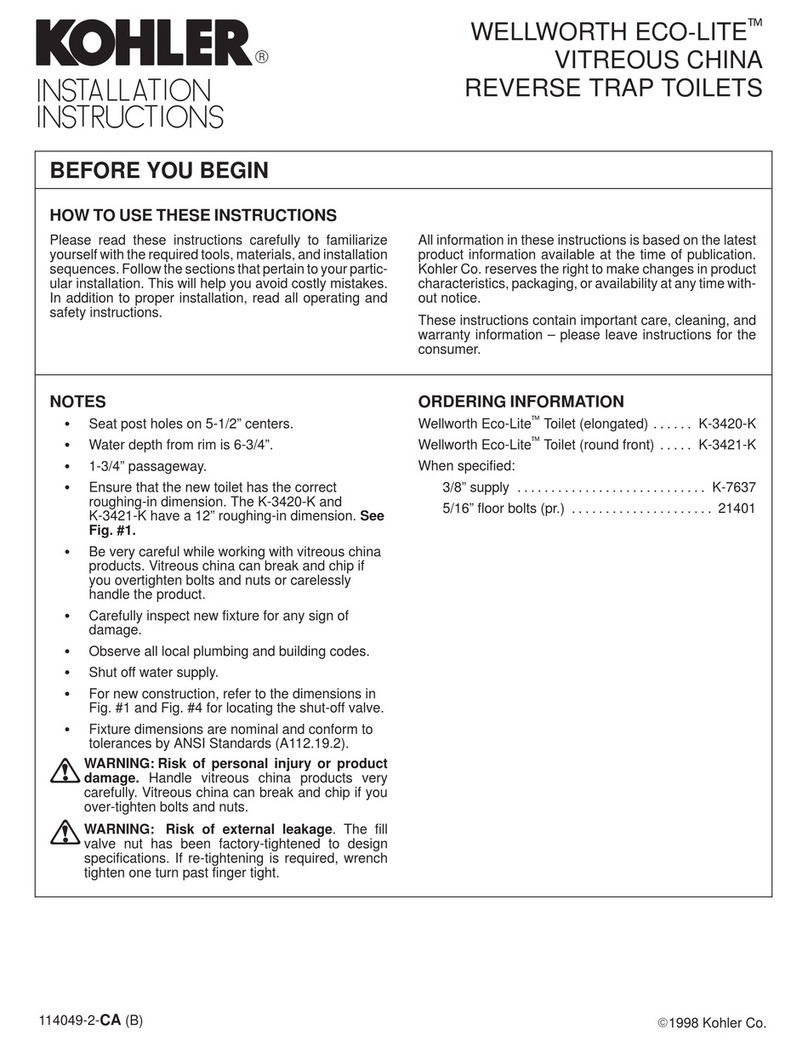
Kohler
Kohler WELLWORTH ECO-LITE K-3420-K installation instructions
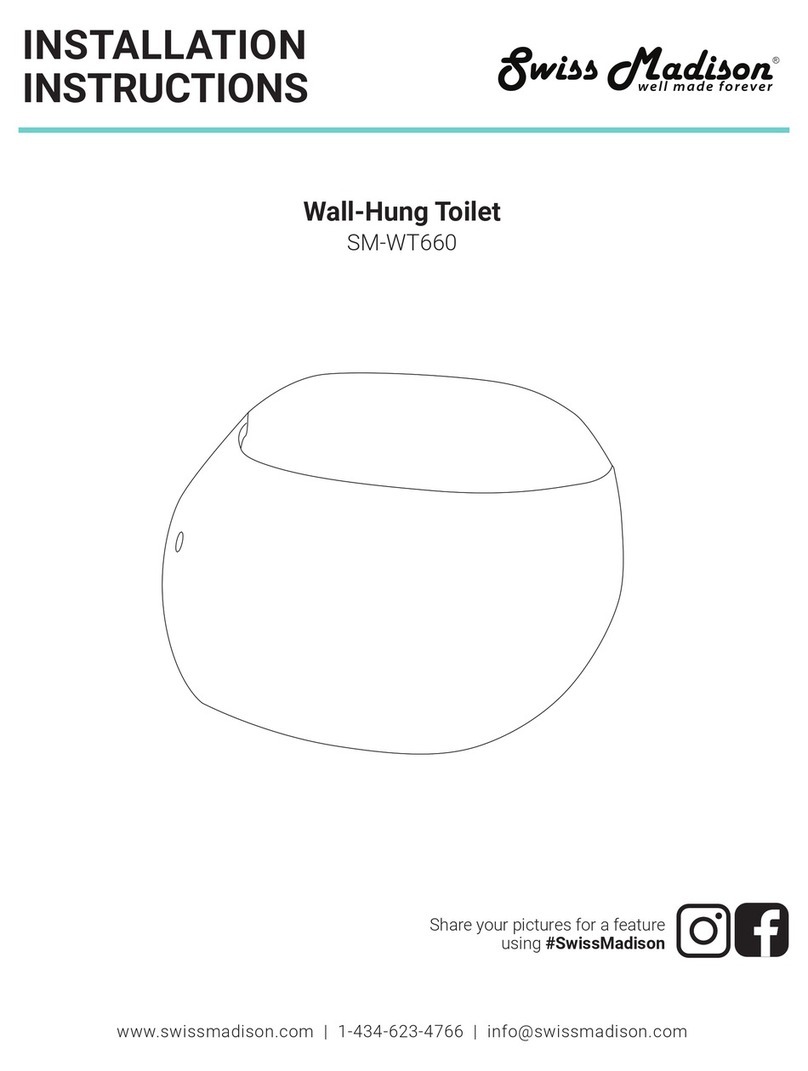
Swiss Madison
Swiss Madison SM-WT660 installation instructions
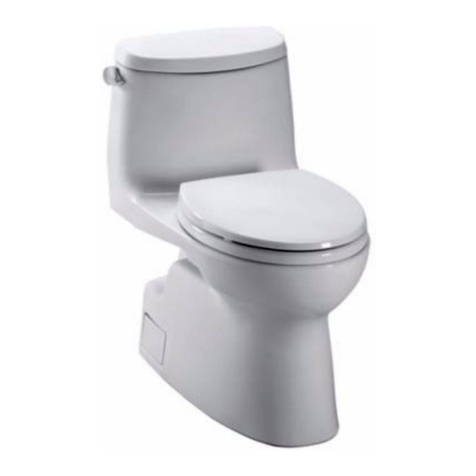
Toto
Toto MS614114CEF installation manual

Cinderella
Cinderella Comfort NA installation manual
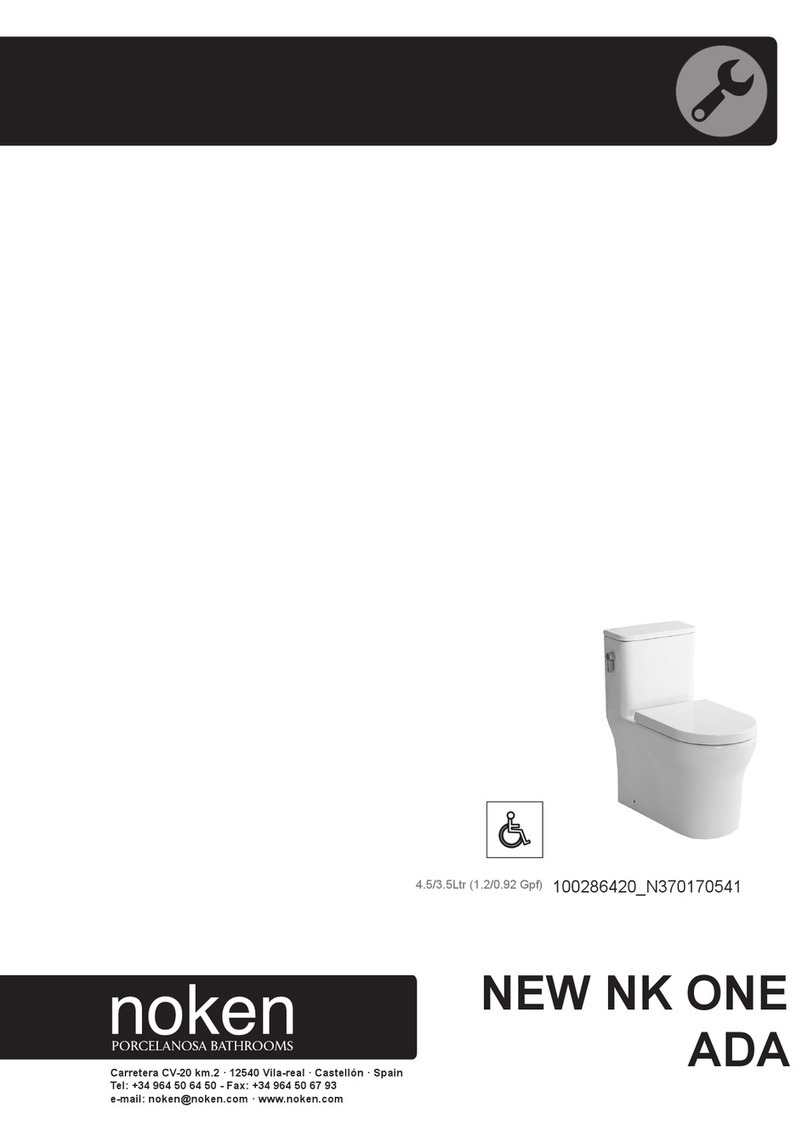
noken
noken NEW NK ONE ADA 100286420-N370170541 manual
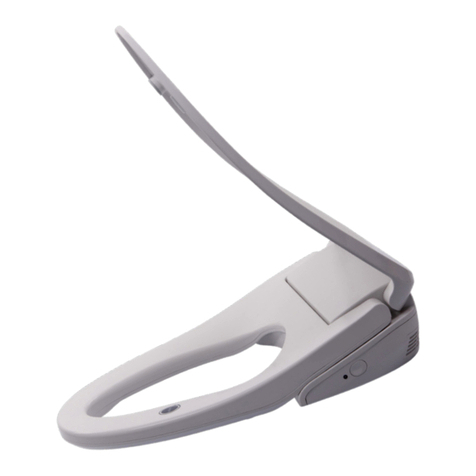
Fluidmaster
Fluidmaster soft spa 9500 installation instructions
